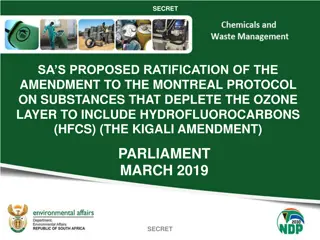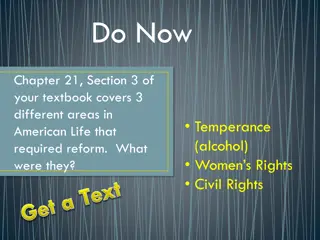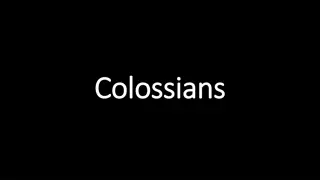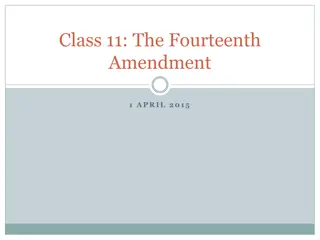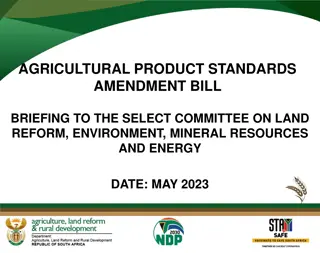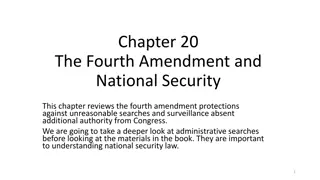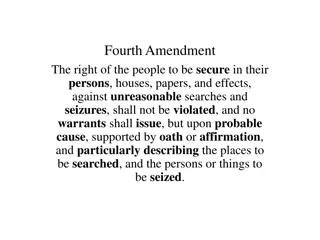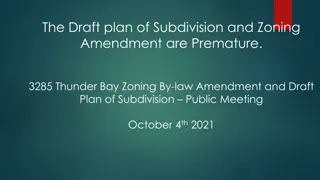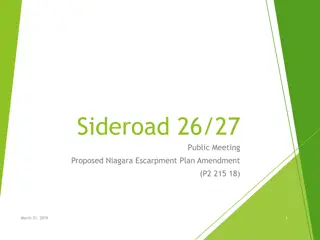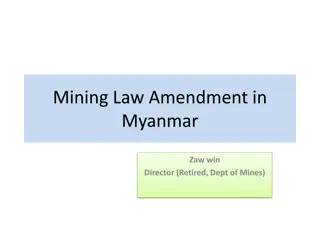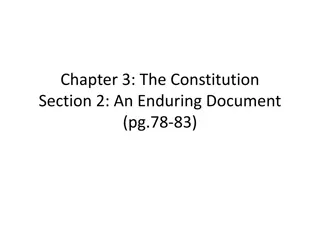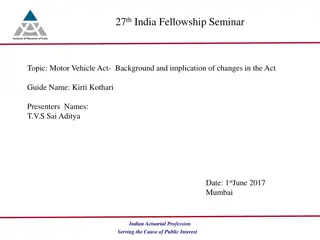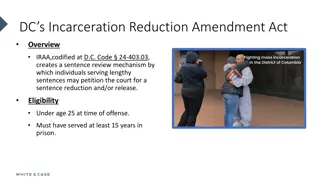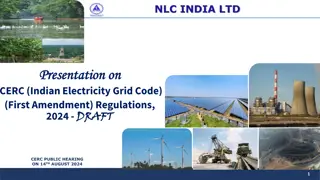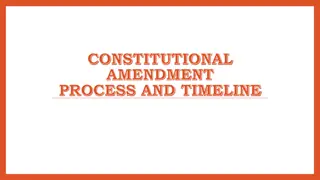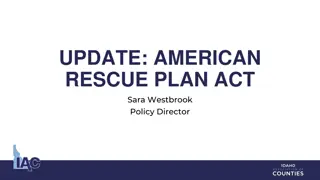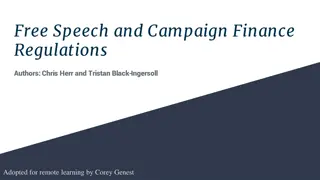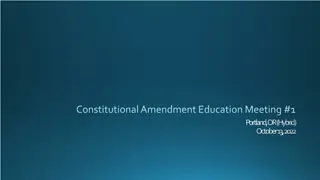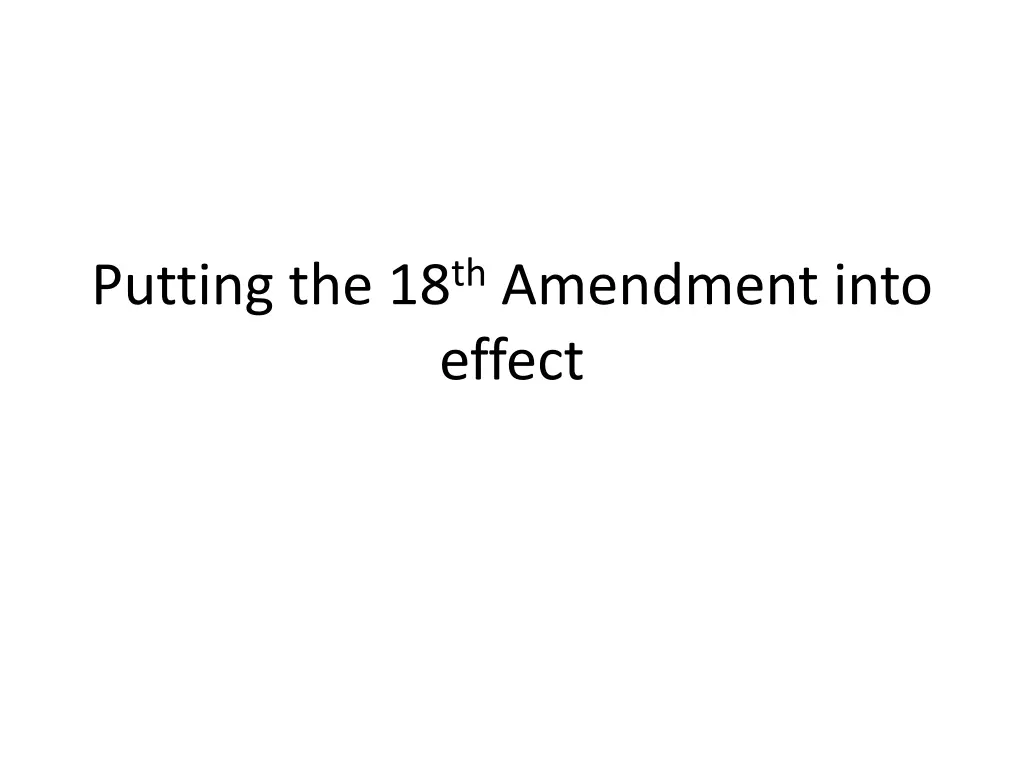
Implementing the 18th Amendment: Challenges and Strategies
Explore the formal implementation of the 18th Amendment, including restructuring institutions, changing mindsets, and tools for effective execution. Learn about the power to address difficulties, shifting responsibilities from federal to provincial governments, implications for civil servants, and considerations for facilities and equipment. Drawing from South Africa's experience, delve into the politics and practicalities of enacting constitutional changes.
Download Presentation

Please find below an Image/Link to download the presentation.
The content on the website is provided AS IS for your information and personal use only. It may not be sold, licensed, or shared on other websites without obtaining consent from the author. If you encounter any issues during the download, it is possible that the publisher has removed the file from their server.
You are allowed to download the files provided on this website for personal or commercial use, subject to the condition that they are used lawfully. All files are the property of their respective owners.
The content on the website is provided AS IS for your information and personal use only. It may not be sold, licensed, or shared on other websites without obtaining consent from the author.
E N D
Presentation Transcript
1. Formal implementation Transfer of functions Restructuring institutions/new institutions 2. Ongoing work Maintaining and developing the system 3. Changing mindsets
1: Formal implementation Examples Regulation of labour and mine safety Curriculum, centres of excellence, education standards Environment
Formal implementation: Tools Article 267A By 30 June 2011 Implementation Commission Removal of difficulties
Power to remove difficulties Concern that something in the Amendment doesn t work or can t be implemented immediately as intended Joint sitting of Parliament By resolution Adapt (refine) provisions Limited period Only available for a year
Laws Federal laws on concurrent matters that give functions to Federal Government: Laws remain in force Technically Federal Government no longer has executive power over them Amendments needed to shift responsibilities to Provinces Options include: Agency agreements between individual provinces and Fed Govt (tax collection?) Use of Arts 144 and 147 Provincial assembly gives Parliament power to legislate and administer
Civil Servants On contracts With skills Based in provinces Transfer of staff to provincial governments Implication Slow process for province to redesign civil service and make it its own Discretionary budget of provinces likely to be small
Facilities Offices Records Equipment
Politics and practicalities South Africa s experience National commitment that new Constitution should improve things Provinces did not have institutions or skills Wide differences in capacity between provinces
Constitution delayed establishment of new municipalities Provision for asymmetrical devolution to provinces Provinces to demonstrate capacity National government given obligation to support them and help develop capacity
BUT Political pressure for immediate transfer of powers COST ? Deterioration of existing infrastructure National government lost confidence in provincial system Particular problem with over hasty fiscal equalization
2: Ongoing work Need for coordination of exclusively provincial matters Need to deal with overlap between federal and provincial matters
Environment doesnt respect boundaries Duties in respect of succession to property (removed from Federal Legislative List) External affairs may overlap with provincial matters
Interprovincial matters and coordination Federal Legislative List Part II (13) Directions to Provinces Art 149 Provinces shall not impede Federal Government s exercise of executive authority Fed Govt may give directions
Intergovernmental institutions Council of Common Interests Federal ministry OR institution outside Federal government Meetings of ministers concerned with specific issues? Provincial environment ministers? Technical meetings? Meetings of Chief Ministers?
3: Mindset Federal Dismantle various federal institutions Learn art of joint decision making NFC Council of Common Interests Support provincial governments Don t over-extend Interprovincial matters power Don t overuse directions under Art 149
Provinces Institutions and their operation Increased budget and deletion of concurrent list means Increased functions and responsibilities Shift to planning development Realism about what can be done
Judiciary Understand the need for cooperation in Federations Competitive Cooperative Combination
Examples Interpretation of ambit of Federal list Art 157 electricity - consultation of concerned province Federal legislative list Part II: Interprovincial matters and cooperation Narrow (Canadian Peace Order and Good Governance provision) Broader (South African concern for national standards) Federal dominance
What should guide courts? Commitment to federal system protect devolution of power Commitment to certain national values draw from Preamble, Bill of Rights, Principles of Policy
What can be done to change mindset? Vision of what is possible Offered new ways of doing things Citizen expectations Teaching

![RE: ELECTORAL MATTERS AMENDMENT BILL [ B42-2023]](/thumb/18837/re-electoral-matters-amendment-bill-b42-2023.jpg)
